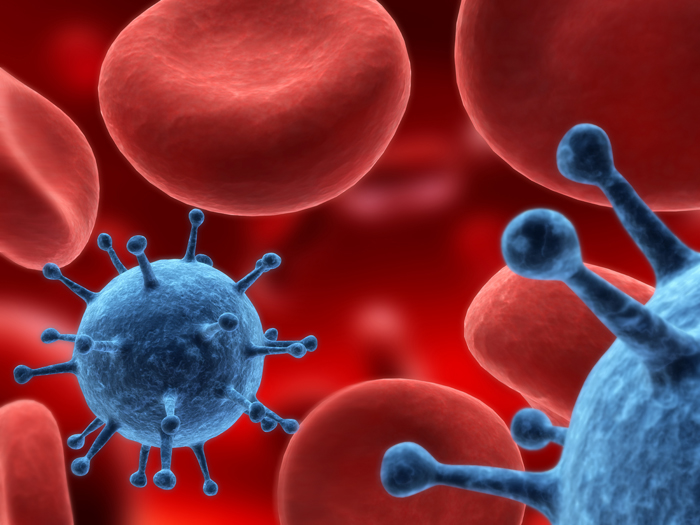
February 15, 2016
For some time, the scientific world believed we had 10 times more bacteria and microbes in our bodies than human cells. But new Weizmann research, recently published in the Journal Cell, has recalculated this to reveal the ratio is actually nearer 1:1.
This myth busting science shows that that the average adult actually has around 40 trillion bacterial cells and 30 trillion human ones.
Bacteria in the body is a major health influence and the makeup of a person’s “microbiome” can play a role in how a person responds to drugs or is prone to obesity, for example. Many scientists are now referring to this microbiome as the “second genome” which needs to be taken into account when treating patients.
The importance placed on the microbiome led researchers, Ron Milo and Ron Sender at the Weizmann Institute of Science, Israel, and Shai Fuchs at the Hospital for Sick Children, Toronto, Canada, to undertake this important study into bacteria and human cell ratio.
The original 10:1 estimate of bacterial cells to human cells was based on the assumption that the average bacterium is about 1,000 times smaller than the average human cell. However, the issue with this estimate was that both types of cells vary widely in size. For example red blood cells are 100 times smaller than fat cells, and microbes in the large intestine are about four times the size of the often used ‘standard’ bacterial cell volume.
What the Weizmann scientists did was weight their computations by the numbers of different sized human cells and those of the various microbiome cells. This included calculations for the number of ‘guest’ bacteria in different organs, such as the large intestine where the number of bacteria dominate compared to all the body’s other organs combined.
According to Milo, knowing such details about our bacteria and human cell balance is invaluable.
“It is truly important to understand our microbiome and research into this fascinating field is crucial for biomedical research. In the life sciences, which involve ‘messy’ highly dynamic and variable systems, researchers sometimes tend to rely on qualitative rather than quantitative statements. But performing educated estimates in cell biology can serve as an extremely powerful tool” he said.
The research was also undertaken for the book Cell Biology by the Numbers, which was recently published by Professor Milo and Professor Rob Philips of the California Institute of Technology. The book is a compilation of insights gained from calculations and estimates about living cells.
This story was also featured in media such as The Jerusalem Post, Nature.com and Science News.






